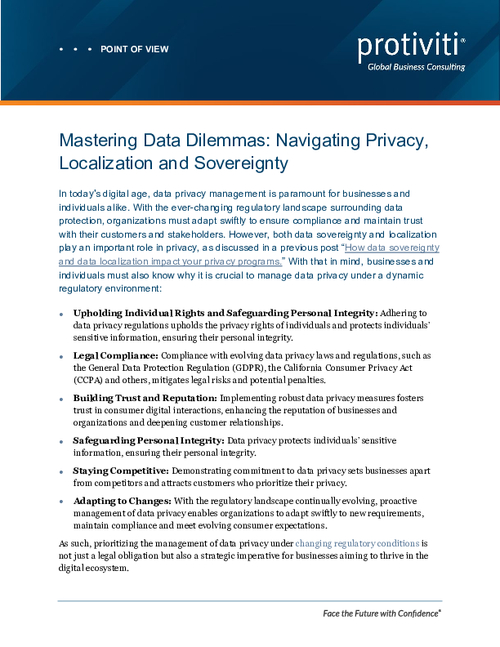Stocks Down on Gloomy News
Investors that were looking for good news on Monday saw stocks fall in a low volume trading session full of concerns about falling oil prices, end of year corporate earnings and the continuing problems facing automakers.Dow Jones industrial average fell 0.7 percent, and Standard & Poor's 500 index also dropped 2 percent, while Nasdaq's composite fell 1.8 percent.
December and January have traditionally been considered some of the better months for stocks, and investors look for January's performance to set the tone for the rest of the year. Boosting stocks may come in the form of details about Barack Obama's stimulus plan, which calls for an economic shot in the arm that will focus on rebuilding infrastructure and creating jobs. The cost of his plan is expected to be anywhere between $500 billion and $700 billion over the next two years.
Those trading this week can expect a bumpy, volatile ride in the markets, as many traders are already off for the holidays. Markets close early on Wednesday and will reopen on Friday after the Christmas holiday.
Irish Banks Bailed Out By Government
The Irish government says it will inject $7.7 billion into the country's three biggest banks and will take majority ownership of the weakest one on Monday. Ireland is the last EU member to bail out its financial industry. Each bank will get funds in return for giving the government 25 percent of voting rights on major issues.
Bank of Ireland stocks rose by a third on the news, and Allied Irish Banks also shot up 26 percent on Monday. More government funded bailouts are expected in the country's industry sector that has been battered during the economic crisis.
Broad Economic Measure Dropped Over Summer
The gross domestic product, the broadest measure of any economy, fell in the U.S. by an annual rate of 0.5 percent this summer, according to Tuesday's final revision from the Bureau of Economic Analysis. This is the biggest drop in GDP in seven years.
The measure was unchanged from the bureau's revision for the third quarter and matched economists' predictions. The report compares the three month period that ended Sept. 30 to the preceding quarter. A 3.8% drop in personal consumption also helped pull down the overall GDP figures, according to the report.
Japan's Recession Gets Worse, China Cuts Rates
Japan warned on Monday it was slipping deeper into a recession that is slowly enveloping the world's economies.
China also announced it was again cutting interest rates. The People's Bank of China's fifth cut in lending rates since mid-September shows the scale of problems that face the world's fourth-largest economy. China's economy is the only major economy that has yet to stop growth. Chinese economists say the country's economy is slowing more sharply than expected, and sees the central bank's decision to cut rates a reaction to stop the slowing.
The cost of one-year bank loans in China will fall to 5.31 percent from 5.58 percent, and its benchmark one-year deposit rate will fall to 2.25 percent from 2.52 percent.
In Japan, the world's second biggest economy cut interest rate to a low of 0.1 percent last week after the country reported its biggest ever drop in exports in November. Toyota announced on Monday that it would post it first ever loss in 70 years. As the world's top carmaker, Toyota Motor Co forecast the loss because of a collapse in global demand and a rise in the yen.
Adding to the slowdown a recent survey polled business sentiment in Japan shows it at the lowest in its 10-year history and a Japanese government report says economic conditions are worsening.
3 Million To Get Foreclosure Help
The Hope Now, a private sector coalition of major lenders, servicers and consumer advocates, says about 2.2 million at-risk homeowners will receive foreclosure-prevention help this year. This number is expected to climb to more than 3 million in 2009.
Hope Now says it completed 208,000 loan adjustments in November, and that the number of such adjustments would rise to more than 300,000 a month next year. The workouts being offered borrowers were of two types: simple repayment plans that allow borrowers time to make up missed payments and then mortgage modifications, where interest rates are frozen or reduced, giving the owner time to repay loans or lower mortgage balances.
More mortgage modifications are being issued by Hope Now members than in the past. These increased by 29% during the three months ended Nov. 30, while repayment plans increased by just 6%. Critics of Hope Now say that mortgage modifications are built to fail and will prove not to work because they don't lower mortgage payments, but only freeze rates at unaffordable levels and add missed payments to mortgage balances.
Data released in early December by the Office of the Comptroller of the Currency's John Dugan, the U.S. Comptroller, shows that 51 percent of those with loans modified in the second quarter were already in non-payment within just six months of their revised mortgages.
There is good news. A decline in the number of actual completed foreclosures was posted in November. There were 69,075 foreclosure sales during the month, a 14% drop from October. Some of the foreclosure sales drop may be because of state and local moratoriums or delays of foreclosure actions, such as in Massachusetts, where all at-risk homeowners must be notified of the lender's intention to file a default notice against them and they are given 90 days to bring their payments up to date. Both Fannie Mae and Freddie Mac said in November they were placing moratoriums on foreclosures. Major lenders have also cut back on foreclosure proceedings.



















